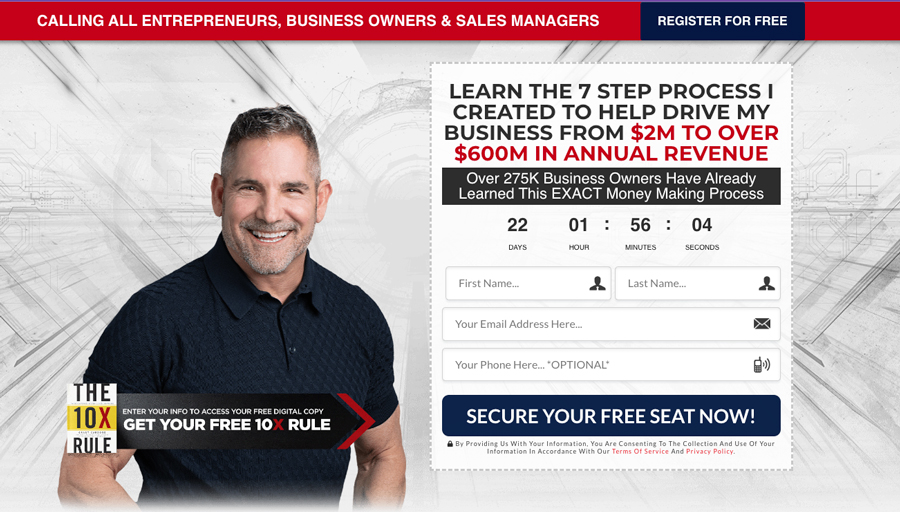1031 Reverse Exchanges Create Possible Double Sales/Use Tax Exposure
Have you ever watched a bunch of kids running around in the school yard, seemingly in chaos? They all have a plan to maximize their fun. It all seems to work out until some adult comes along and demands some order.
In our California Aircraft Sales and Use Tax universe we are the kids who want to have fun and do what we want to do with our aircraft. The IRS and the State of California are the adults demanding order in our playground.
The good news is that the IRS code allows the provisions of Section 1031 to delay the “taxing” affect of the sale of a depreciated aircraft. In the nomenclature of our industry, this is referred to as a “like kind exchange.”
For example, a company plans to sell a fully depreciated aircraft for $3.0 million and to replace it with a new aircraft that is valued at $5.5 million. If we assume that the company is subject to a combined state and federal income tax rate of 40%, it would need to pay $1.2 million in income tax when it sold the old aircraft.
The way to legally avoid this immediate loss of capital is for the sale to be structured as a §1031 exchange. Should the company use one of the many companies that provide the services of a qualified intermediary in a §1031 exchange, no income tax would be due at the time of the sale. The tax basis on the new aircraft would be reduced by the amount of depreciation recaptured that is deferred (in the example above, the basis in the replacement aircraft would be $2.5 million) and the company would have use of money that would otherwise be paid in tax. This deferral would stay in effect indefinitely if the company continued to buy and sell its aircraft through the §1031 exchange process.
There are several kinds of exchanges, the most common of which is a “Deferred” exchange. Meaning the exchange is done either simultaneously or the relinquished aircraft is sold prior to acquiring the replacement aircraft. However, sometimes the good deal on a new aircraft comes into play before the old aircraft is sold.
A Reverse Exchange allows taxpayers to receive the tax benefit from a §1031 exchange when a Deferred Exchange is not feasible. While in a Deferred Exchange, the sale of the relinquished aircraft to a third party always needs to occur before the purchase of the replacement aircraft by the taxpayer. Under Revenue Procedure 2000-37, the Internal Revenue Service has provided a “Safe Harbor” to address situations where taxpayers need to acquire their replacement aircraft before they are able to sell their relinquished aircraft.
In a Reverse Exchange, an Exchange Accommodation Titleholder (“EAT”) is employed to hold title to either the taxpayer’s relinquished aircraft (“Exchange First”) or the replacement aircraft (“Exchange Last”) for up to 180 days or until the relinquished aircraft is sold to a third party buyer, whichever is earlier.
This article is not intended to be a complete explanation of §1031 nuances and rules. I am writing it to make sure that you understand the California aircraft sales and use tax implications of a reverse exchange only.
In the specific instance of a reverse exchange, there is a potential dual tax exposure in California. Both can be legally avoided with proper planning.
In this example, we will call the Intermediary “EAT”. Company A has EAT take possession of a new (to the company, not necessarily a new aircraft) Challenger while it is in the process of attempting to sell its old Citation Jet. The absolutely safest thing to do is for the EAT to take possession outside of California (we will use Medford, Oregon) and to park the Challenger in Medford until the Citation Jet is sold.
However, we all know that the CEO bought the new Challenger because he wants to use it. So, many times, it is incumbent on his financial advisors to make things go right and come up with a strategy that allows him to have his cake and eat it too. Here are some methods of making the new plane available to the company while it is owned by EAT.
1. The EAT can obtain a California Sellers permit and lease it to the company using the guidelines established in Regulation 1661 and collect use tax based on a “fair rental value” for every hour of use.
a. The possession of a sellers permit by EAT does not allow it to purchase an aircraft “ex-tax” and to make use of it without incurring a use tax liability.
b. If EAT purchases the aircraft and it is parked, no tax is due because the sale will meet the sale for resale requirements. If any use is made of the aircraft during EAT’s ownership period, either tax must be timely reported and paid under Regulation 1661 or EAT must support a claim for an exemption using one of the three methods (Principal Use, Interstate Commerce or Common Carrier).
Please go to our website and read additional articles for further information or simply contact me. I’d be glad to share a detailed explanation of these methods—and I’ll do it absolutely free of charge.
2. The EAT can forego the sellers permit and support a claim for an exemption.
If neither of the above is done, tax is due on the purchase price by the EAT. The thing that requires your attention here is that the process starts all over again once the EAT transfers title to the company as the §1031 exchange is completed.
The bad news is, here are the pitfalls:
1. Failure to properly strategize and to collect the proper documents will result in tax being owed twice on the Challenger as the aircraft registration will be first in the name of EAT and then subsequently in the name of the company. The Board of Equalization has the right to assess the two transactions separately.
2. Because the company acts as the lessee during EAT’s ownership and is in control of the aircraft, it is important to remember that the second test period (once title is transferred to the company) has to be completely started all over again. This step is often confused because it seems the same personnel have already done this before.
Glossary
Reverse Exchange: A Reverse Exchange allows taxpayers to receive the tax benefit from a 1031 Exchange when a Straightforward Exchange is not feasible. The sale of the Relinquished Aircraft to a third party in a 1031 Exchange always needs to occur before the purchase of the Replacement Aircraft by the taxpayer.
Relinquished aircraft: The old aircraft that is being sold.
Replacement aircraft: The new aircraft that is being purchased.
Exchange Accommodation Titleholder (“EAT”): In a Reverse Exchange, an EATaffiliated with the chosen exchange company to hold title to either the taxpayer’s Relinquished Aircraft (“Exchange First”) or the Replacement Aircraft (“Exchange Last”) for up to 180 days or until the Relinquished Aircraft is sold to a third party buyer, whichever is earlier.
Find out more at https://www.aeromarinetaxpros.com/aero/




























